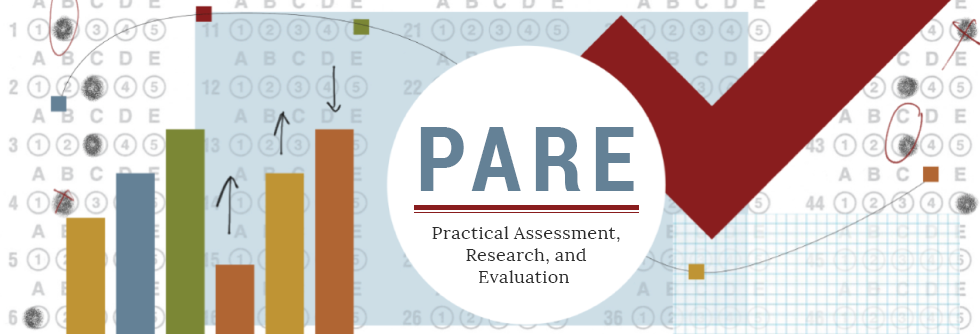Decoding the Meaning of Factorial Invariance and Updating the Practice of Multi-group Confirmatory Factor Analysis: A Demonstration With TIMSS Data
DOI
https://doi.org/10.7275/mhqa-cd89
Abstract
Measurement invariance (MI) has been developed in a very technical language and manner that is generally not widely accessible to social and behavioral researchers and applied measurement specialists. Primarily relying on the widely known concepts in regression and linear statistical modeling, this paper decoded the concept of MI in the context of factor analysis. The paper began by describing what is MI (and lack of MI) and how the concept can be realized in the context of factor analysis. Next, we explained the need for modeling the mean and covariance structure (MACS), instead of the traditionally applied covariance structure, in detecting factorial invariance. Along the way, we addressed the related matter of statistically testing for MI using the Chi-squared likelihood ratio test and fit indices in multi-group MACS confirmatory factor analysis. Bringing to bear current developments by Cheung and Rensvold (2002) and others, we provided an update on the practice of using change in fit statistics to test for MI. Throughout the paper we concretized our discussion, without lack of generality to other constructs and research settings, with an example of 21 cross-country MI comparisons of the 1999 TIMSS mathematics scores. Accessed 23,092 times on https://pareonline.net from February 11, 2007 to December 31, 2019. For downloads from January 1, 2020 forward, please click on the PlumX Metrics link to the right.
Creative Commons License

This work is licensed under a Creative Commons Attribution-NonCommercial-No Derivative Works 4.0 International License.
Recommended Citation
Wu, Amery D.; Li, Zhen; and Zumbo, Bruno D.
(2019)
"Decoding the Meaning of Factorial Invariance and Updating the Practice of Multi-group Confirmatory Factor Analysis: A Demonstration With TIMSS Data,"
Practical Assessment, Research, and Evaluation: Vol. 12, Article 3.
DOI: https://doi.org/10.7275/mhqa-cd89
Available at:
https://scholarworks.umass.edu/pare/vol12/iss1/3
